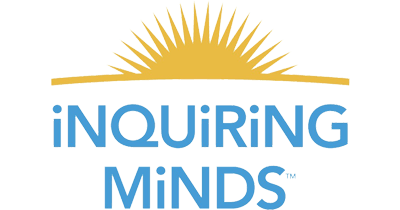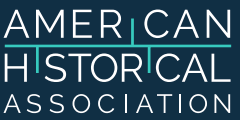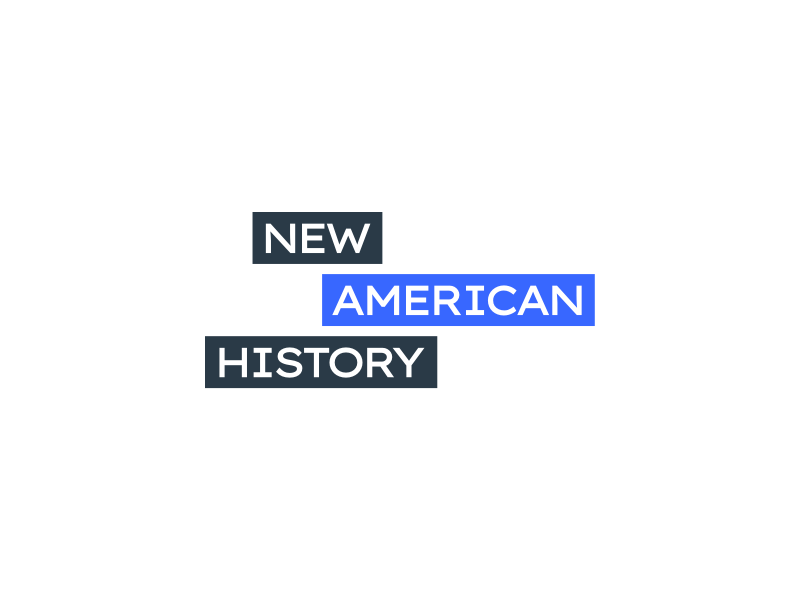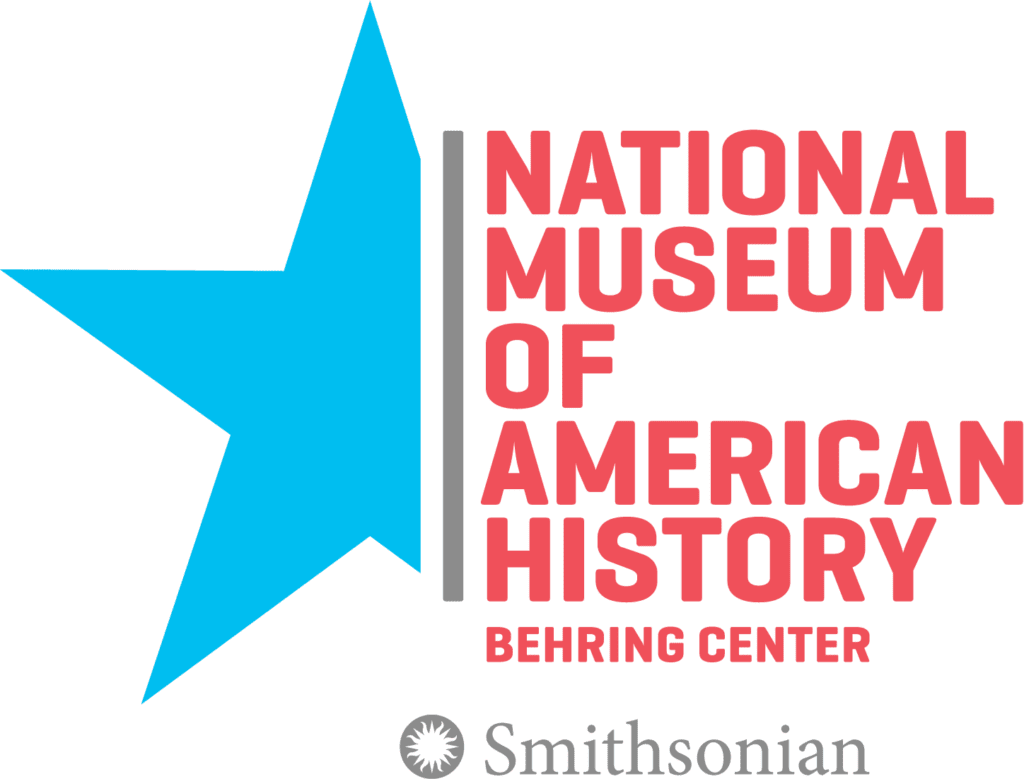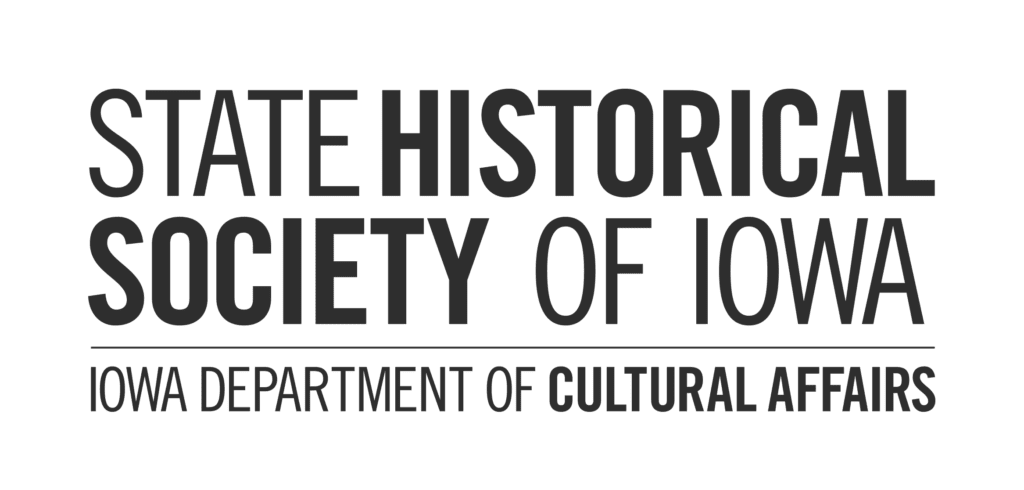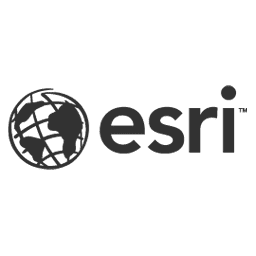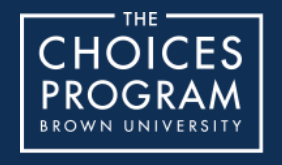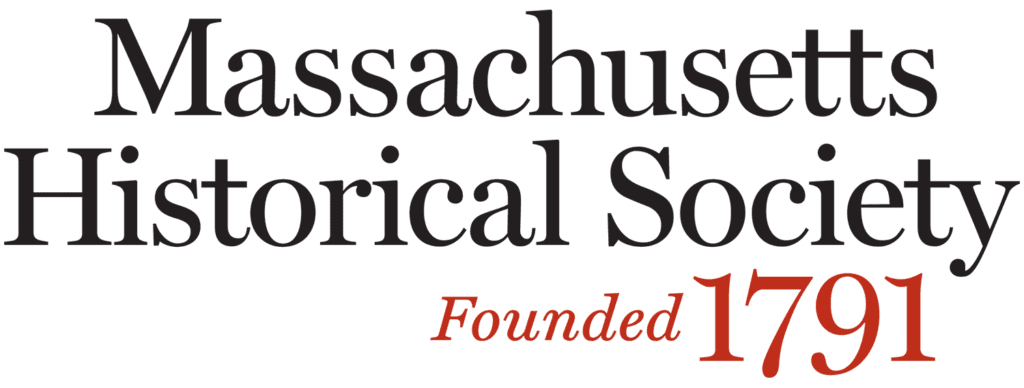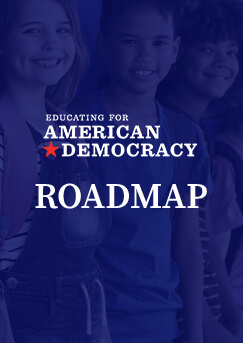Civic Sample Guiding Questions 
What is a social contract?(CSGQ3.3A)
What rights and duties do citizens of the United States of America have?(CSGQ3.3B)
What is meant by Article IV (section 4): “The United States shall guarantee to every State in this Union a Republican Form of Government”? Why was it important to "guarantee" such a system in every existing or potential state?(CSGQ3.3C)
What rights and duties do non-citizens have?(CSGQ3.3D)
How do state constitutions and other membership charters, in addition to the federal Constitution, define who “we, the people” are?(CSGQ3.3E)
How do the principles of liberty and equality contribute to defining the American people?(CSGQ3.3F)
How can we ensure “liberty and justice for all”?(CSGQ3.3G)
How and why does marginalization happen?(CSGQ3.3H)
What values and virtues does the Pledge of Allegiance ask us to think about?(CSGQ3.3I)
What key texts and songs help us understand the values and virtues of citizenship and civic participation?(CSGQ3.3J)
How do historical and political meanings of “the people” compare with and relate to each other? Which “peoples” am I a member of?(CSGQ3.3K)
What is significant about the final sentence of the Declaration—for the founders, and for us today?(CSGQ3.3L)
How do the many dimensions of diversity continue to pertain to the challenges and opportunities involved in forging one people out of many? (Dimensions that might be considered include race, ethnicity, gender and sexual identity, religion and spiritual experience, political viewpoint, socioeconomic status, immigration status, geographic origins and language, disability, family structure, and family participation in the military.)(CSGQ3.3M)


